ONE GOLDEN RULE
FISH WHERE THE FISH ARE!
■ By Grant ‘Espresso’ Bittle
Fish where the fish are, and if you want to catch big fish, fish where big fish live. Is this statement condescending, patronising even? Not really. The gaping hole in most BBQ lean-tos and, in particular, online fishing discussions about how and where to catch fish is essentially a roaring silence when it comes to the crux of the matter. The very thing needed to actually catch fish is missing, not the latest peer group approval of ‘what colour is working’ or the mythical ‘never-fail lure’ and so on (you’ve heard many more no doubt). You can’t catch fish at home, or on the computer – that’s phishing, not fishing.

Even thumping great workup information can be inaccurate for various reasons and, when accurate, the info spread far and wide is often not appreciated by many anglers – in that it can take so much away from the experience, the challenge, the thrill of discovery, and the personal efforts you have put in to finding a workup without a flotilla present. This is perhaps reflective of the modern-day instant gratification (millennialism?) approach to so many things, without consideration of the impact. And of course, communication now is instant – you can be on various social media platforms once out on the water and rely on others telling you exactly where to go at that time, GPS coordinates within metres, instant messaging and social media ad nauseam.
But I digress a little. Habitat – short- and long-term hangouts – hold true for land animals and sea creatures alike. Marlin are prime examples of fishing where the fish are, visiting our shores annually and then departing elsewhere. Trolling the winter months is near pointless; they simply aren’t here. They are hunting their food and thriving in their travelling habitat amongst liveable water temperatures at the time, hundreds or thousands of nautical miles offshore. Even in summer, prime time, we can troll the Rangitoto Channel to our hearts’ content, but catching a marlin? One in a million or more, there’s a better chance of winning Lotto. Although over the past 20-plus years I have seen the occasional marlin off Waiheke, Flat Rock, Anchorite and Tiri, this is a very rare thrill indeed, and only in prime summer conditions. But out along the magical 200-400m mark in summer all around the North Island, get those lures out – you’re in the zone, fishing where the big fish are. Being involved in a fishing club and mutually sharing general information with other anglers (successes and failures) in regard to the general whereabouts of marlin at the time is a great quid pro quo system – input and output among fellow anglers.
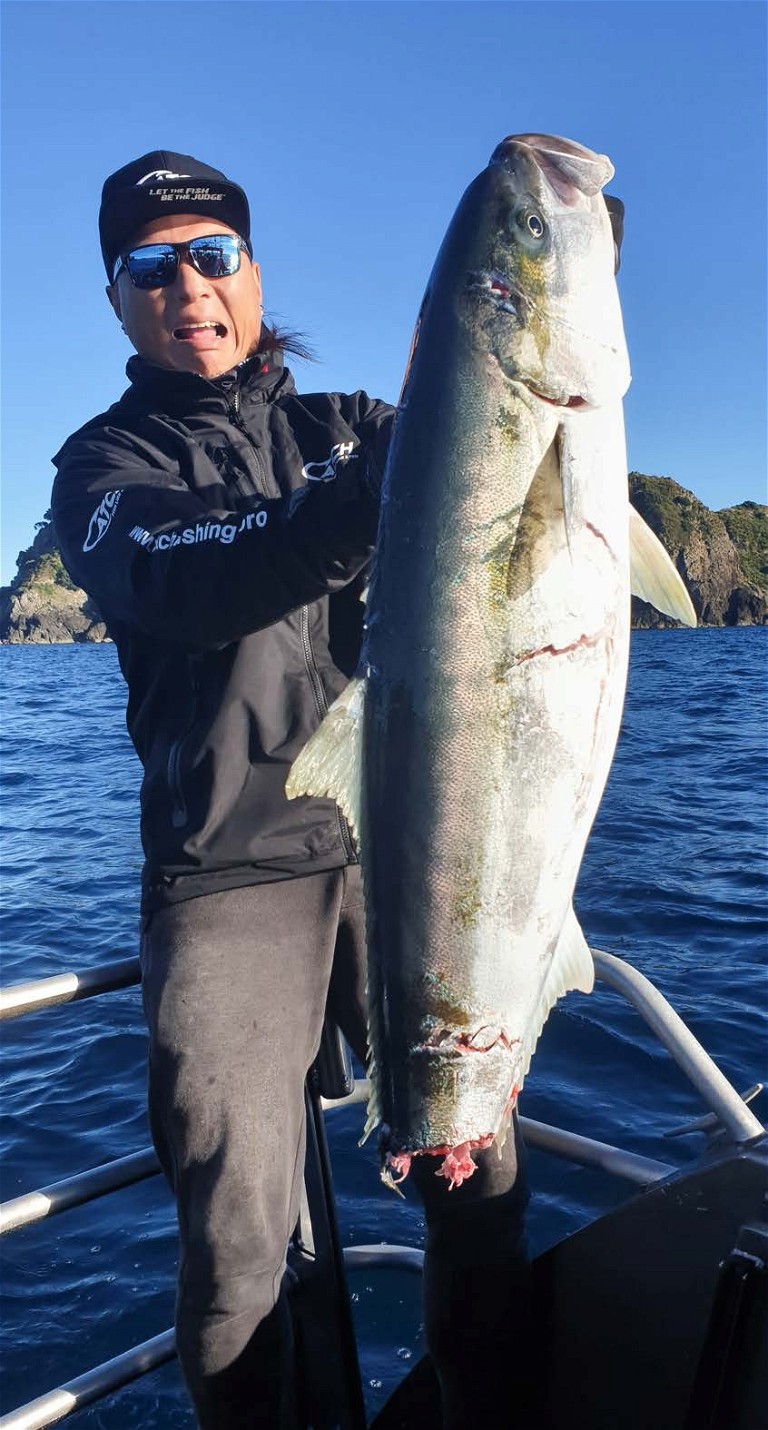
If you want to catch big fish, fish where big fish live – just be warned there’s always a bigger fish out there!
A similar theme applies to kingfish and our adored snapper. Fishing under the Auckland Harbour Bridge in mid-summer is a good place to be catching snapper, with decent numbers swimming past here to breed in the warm shallows notably in January and February. The best tackle to use is comparatively lightweight – microjigs of 10-20g, or smaller softbaits up to 5” on little jigheads ¼ to ½ oz, cast with longer 7’ rods using spin reels, and leaders of 10-15lb. You can feel like a masterful fishing hero with a charging snapper on light line, rod bent parabolically with the traffic crawling along gazing in amazement at you and your prowess, right there, in the CBD.

Fish slowly descending lures higher up in the water column if you want kingfish. Conversely, try heavier lures close to the bottom for demersal fish such as gurnard.
However, try the same place six months later, and you’ll more likely catch a cold than a good snapper.
BBQs, bar-leaner discussions, and in particular social media tend to focus on everything but the presence of fish. Discussions about lure colour shape, brand, size, unique technique, what a mate uses, boat size, fishing mojo, ego, reputation – all manner of things, including the classic, “I’ve never caught anything on this lure,” seem to take precedence.
Anglers tend to blame everything ad infinitum, but were the fish there to be caught at the time? How about the classic, “West coast fish don’t bite jigs,” adamantly proclaimed on more than one occasion, often when someone is adept at a particular style of fishing say, and throws down in near-contempt a completely different method of catching fish, and expects instantaneous, outstanding results. Then they assert they have “proven” it doesn’t work (within a few minutes) and bleat on comfortably in their story of opinion and predisposition once again at ensuing BBQs or seminars.
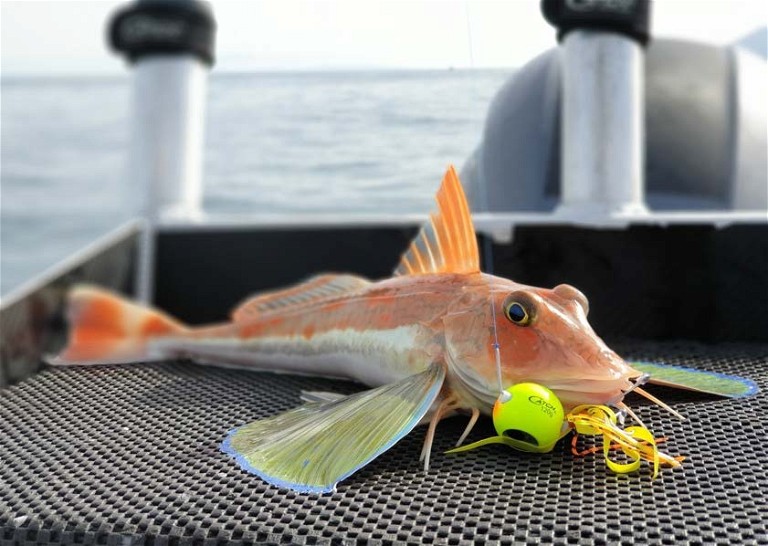
“ ANGLERS TEND TO BLAME EVERYTHING AD INFINITUM, BUT WERE THE FISH THERE TO BE CAUGHT AT THE TIME? ”
Anyway, back to fish habitat rather than human habit. The more often a particular area or habitat is fished, the less fish, and the less likely you are to catch bigger fish. For example, Shearers Rock just off eastern Tiritiri Matangi Island looks ideal for solid snapper most of the year and plenty of marauding kingfish when studying a chart looking for hotspot habitats within reach of smaller trailerboats. There’s good current, pinnacles rising up to near the surface, and weedy and rocky areas close to open water that suggest all manner of fish. But due to the sheer numbers of anglers there, pretty much every day of the year, pre-dawn to post-dusk, the fish numbers are generally low and the fish also smaller, logically. There must be an amazing amount of snagged tackle camouflaging the rock itself, too.

The more often a particular area or habitat is fished, the less fish, and the less likely you are to catch bigger fish.
So we can extend the adage – to catch big fish, you must fish where the big fish live. Kingfish are a prime target and a good example of this. To catch those brutally big, arm-wrenching, mean green machines, go to where they hang out, such as the Three Kings, Ranfurly Banks, and even the ‘far side’ of Great Barrier Island – good, hard-to-access fishing grounds where you don’t want to get caught with a knife at a gunfight. Bigger, stronger reels with drags of 25-40kg for instance (whether overhead or spin), braid rating of at least 37kg, leader minimums of 150lb and much more, swinging seriously big livies or jigs up to 500g even, and welltied PR and chain knots – no place for Granny. These places require well-equipped, often bigger boats, and a captain who knows what they are doing. They can be dangerous places in themselves – as can be the trip there and, most importantly, back. Reputable charter operators are a good choice for fishing these hallowed grounds because they take you to where the big fish live.
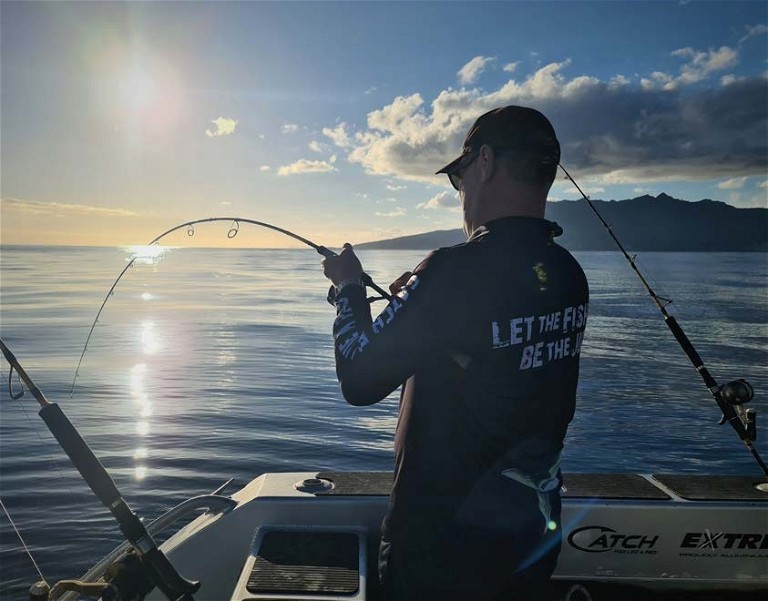
Fish move with the seasons – one day’s hotspot may be barren on the next trip.
While it may seem overly simplistic, going to where fish are in situ, or passing through when you are there, is critical to fishing success – whether that is Spot X, finding somewhere new, identifying seasonal habitats or permanent habitats, or finding food sources like baitfish for bigger fish typically by using your sounder. Fishing the down-current areas of workups for instance (usually where the tide is taking the remnants and wounded baitfish) is often more productive for consistent and larger snapper than close to the excitement and adrenaline of the white water. The workup comprises a barrage of birds and mammals pounding a baitball and feeding furiously. Big snapper will readily follow on behind this moving food caravan down closer to the sea floor, sometimes hundreds of metres behind. The white water itself has baitfish, birds, dolphins, prolific kahawai, and probably a shark or two. Kingfish will lurk around the perimeter and underneath the workup for sure, but will also hang back in the general area as well – worth targeting, especially when workups are widespread, fast-moving or on-again/off-again style.
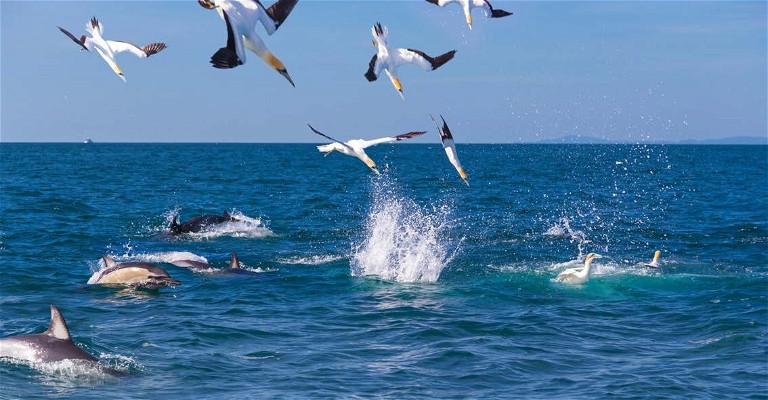
Fishing the down-current areas of workups (usually where the tide is taking the remnants and wounded baitfish) is often more productive for consistent and larger snapper than close to the excitement and adrenaline of the white water.
Targeting the general area with smaller, flatter, slower descending jigs can be a good option to try as kingfish cruise the area, not just the temporary hotspot. Slow-pitch is a technique gaining popularity in New Zealand, and rightly so – it targets snapper, kingfish and many more species present, and is a highly effective, fun and thrilling way to catch fish. Jigs in the 100-300g bracket on similarly rated rods work these fluttering lures beautifully, providing ultrasensitive and immediate feedback to the angler – no wonder it’s so popular. Slow-pitching jigs is a fantastic option to use whether there are workups around you, or nowhere near at all. Slow-pitching is simple, easy and with only a very basic understanding of it you’re away laughing with a bent rod. A plethora of knowledge is readily available and most experienced and knowledgeable fishermen are helpful, especially when teaching young or novice anglers.
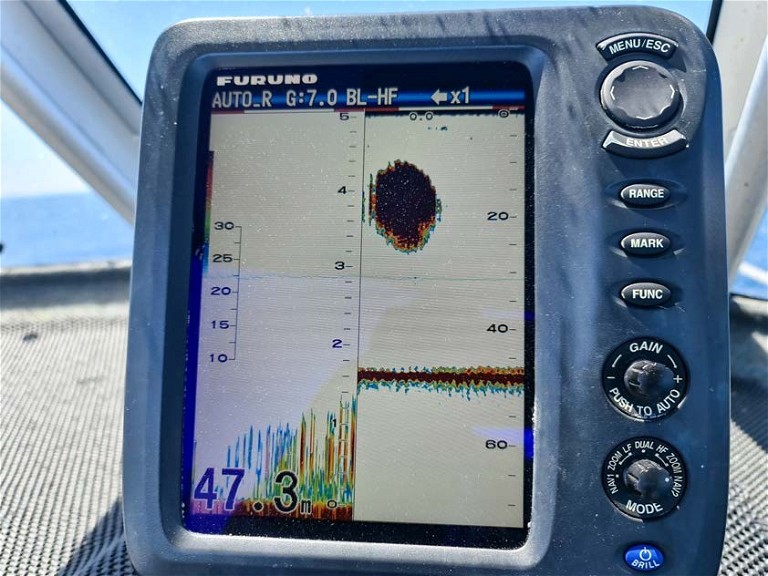
Big snapper will readily follow on behind baitballs, down closer to the sea floor, sometimes hundreds of metres away from the surface action.
As I have ended many lure fishing presentations and seminars: “Find the fish, the rest is just good conversation.”